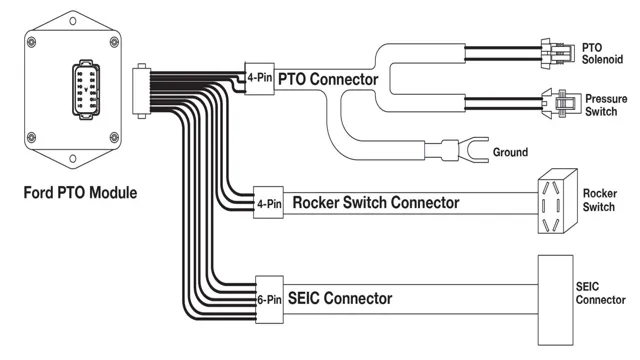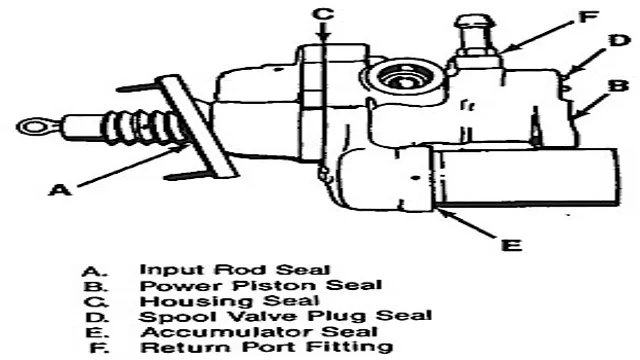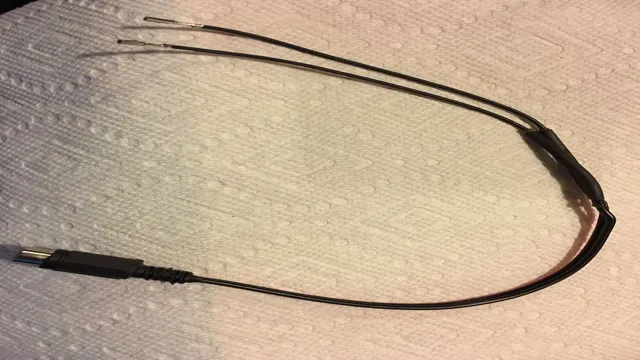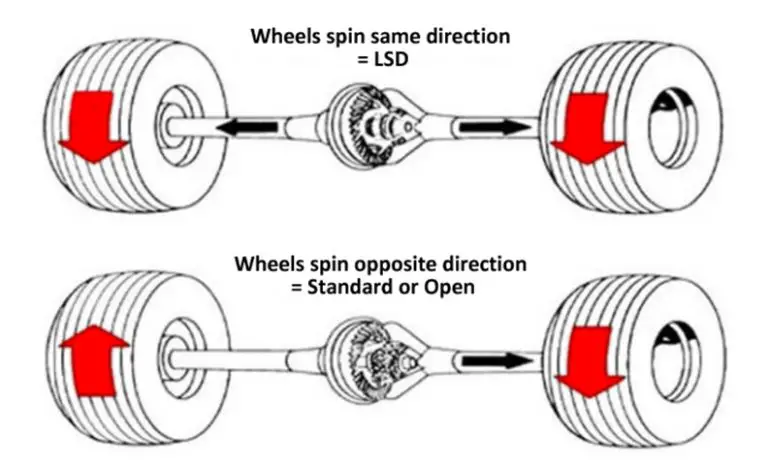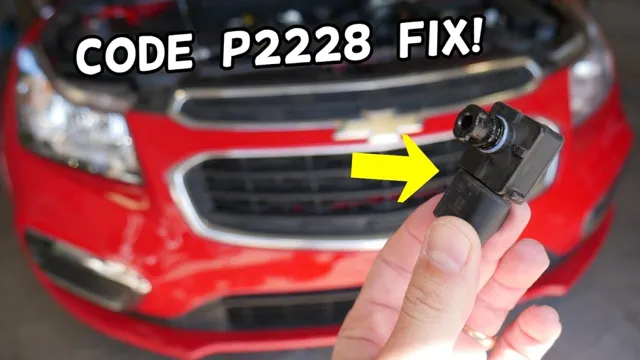Step-by-Step Guide: Installing a PTO on Your Truck for Maximum Efficiency
Installing PTO on a truck is not a complicated process, but it does require some technical know-how. PTO, or power take-off, is a crucial component for many trucks and other heavy-duty vehicles that rely on hydraulic systems to power their accessories. Whether you need to install a new PTO or replace an existing one, the process involves careful planning, attention to detail, and a willingness to get your hands dirty.
This blog post will guide you through the process of installing a PTO on your truck, from choosing the right model to connecting the hydraulic lines, covering all of the important steps along the way. With our help, you’ll be able to get your truck up and running with the power it needs to tackle any job.
What is a PTO?
If you’re looking to install a PTO on your truck, you may be wondering what exactly a PTO is. A PTO, or power take-off, is a mechanical device that connects to the transmission of a vehicle, allowing it to power auxiliary equipment. Installing a PTO can provide extra power for tasks such as operating a hydraulic system or powering a winch.
To install a PTO on your truck, it’s important to choose the right type of PTO for your specific vehicle and equipment needs, as well as ensure proper installation by a professional. While the process of installing a PTO may seem daunting, with the right research and assistance, it can be a valuable addition to your truck’s capabilities.
Explanation of a Power Take-Off (PTO) on a Truck
A Power Take-Off, or PTO, is a mechanism that transfers power from a truck’s engine to various attachments, such as pumps, generators, or hydraulic systems. Essentially, it allows the truck’s engine to power auxiliary equipment. PTOs are commonly found on commercial trucks and are essential for tasks such as dumping/loading or operating construction equipment.
There are two main types of PTOs: transmission-mounted and engine-mounted. Transmission-mounted PTOs are installed on the transmission and typically engage by shifting into a designated gear. Engine-mounted PTOs, on the other hand, are connected directly to the engine and often feature a control switch located in the cab.
If you need to use your truck for heavy-duty work or require additional hydraulic or electric power, a PTO may be a valuable add-on feature to consider. With a PTO, you can turn your truck into a fully functional work-machine capable of tackling any job.
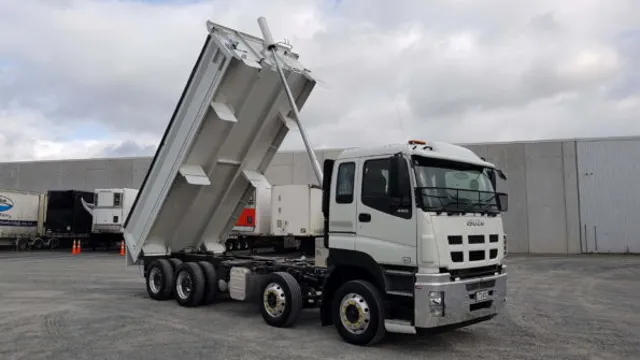
Types of PTOs
If you’re in the market for a PTO (power take-off) for your truck, it’s important to understand the different types available and how to install them properly. One common type of PTO is the clutch shift PTO, which is connected to the transmission through a clutch. Another option is the constant mesh PTO, which has a direct connection to the transmission without the need for a clutch.
Another type of PTO is the hydraulically operated PTO, which uses hydraulic pressure to operate. Installing a PTO on a truck requires careful planning and execution, including selecting the right type of PTO and ensuring proper alignment and attachment to the truck’s transmission and other components. It’s also important to follow all safety guidelines and use proper tools and equipment for the job.
By taking the time to research and properly install a PTO on your truck, you can enjoy improved functionality and increased productivity on the job. Don’t forget to consult with a professional mechanic for advice and support.
Side PTO, Rear PTO & Under Deck PTOs
PTOs (Power Take-Offs) come in a variety of types, depending on their location and application. A Side PTO, for instance, is mounted on the side of the engine and used to power equipment that requires rotation at variable speeds. This type of PTO is commonly used in garden tractors, shredders, and other farming equipment.
The Rear PTO, on the other hand, is located at the back of the tractor, and it is used to power equipment that requires rotation at constant speeds. It is typically found in machinery used for tilling, mowing, and other field operations. Lastly, the Under Deck PTO is located beneath the engine and is used to power equipment like snow blowers, cutting decks, and chippers.
All these types of PTOs provide the power that is needed to drive agricultural and industrial equipment by taking power from the engine and transferring it to the attached equipment. However, the type of PTO you choose largely depends on the tasks you need to perform and the type of equipment you have.
PTO Kit
If you’re looking to install a PTO (power take-off) kit onto your truck, there are several steps to follow. First off, it’s important to choose the right PTO kit that is compatible with your truck’s make and model. Once you’ve done that, it’s time to start the installation process.
Start by lifting your truck and securing it on jack stands to create a safe working environment. Remove the transmission housing cover and locate the PTO port in the crankshaft. Once you’ve located it, install the PTO drive gear into the port and secure it in place.
Then, install the PTO input shaft into the clutch assembly and attach it to the PTO drive gear. Tighten all bolts and reconnect any electrical wires that were disconnected during the process. Finally, test your PTO kit to make sure it’s running smoothly before putting your truck back on the ground.
By following these steps, you can successfully install a PTO kit on your truck and utilize its power for your machinery needs.
Understanding the contents of a PTO kit
If you’re considering getting a PTO kit for your vehicle, you may be wondering what it contains and how it works. A PTO kit, or power take-off kit, generally includes components such as shafts, gears, bearings, clutches, and hydraulic pumps. These parts help connect the engine to other devices, such as a winch or a pump, so the engine power can be used for other purposes beyond just driving the vehicle.
PTO kits are often used in applications such as farming, construction, or industrial settings where extra power is needed for specific tasks. Understanding the contents of a PTO kit can help you choose the best kit for your needs and ensure that it’s installed correctly for optimal performance.
Tools Needed
If you’re looking to install a PTO on your truck, there are a few tools you’ll need to get started. First and foremost, you’ll need a PTO kit that includes all the necessary components for installation. This typically includes a PTO pump, hydraulic lines, and a control valve.
You’ll also need basic hand tools such as wrenches, sockets, and pliers. It’s important to check the specifications of your particular truck to ensure you have the right size tools. Additionally, you may need a drill and cutting tools if you need to modify any parts of your truck for installation.
Finally, make sure you have safety equipment such as gloves and goggles to protect yourself during the installation process. With the right tools in hand, you’ll be ready to start installing your PTO with confidence.
Full list of tools required for installation
If you’re planning on installing a new system or equipment in your home or office, it’s crucial to have all the necessary tools on hand before getting started. So, what tools do you need for a successful installation? Let’s take a look at the full list of tools required for installation. First, you’ll need a tape measure to take accurate measurements and ensure that everything fits perfectly.
Additionally, a level will come in handy to make sure everything is straight and properly aligned. A screwdriver set will be necessary to tighten screws and bolts, while a wrench set will help you loosen or tighten nuts and bolts. If you’re working with electrical wiring, a voltage tester is a must-have tool to ensure that the wires are not live before you start working on them.
A drill with various bits will help you drill holes for screws and other fasteners. A saw, whether it’s a handsaw or a power saw, will be essential for cutting materials to the desired size and shape. Don’t forget about safety gear! Make sure to have safety glasses, a dust mask, and work gloves on hand to protect yourself from dust, debris, and potential injuries.
Finally, keep a handy toolbox or tool bag to store all your tools and keep them organized and easily accessible. In conclusion, having the right tools is key to a successful installation project. From measuring and leveling tools to screwdrivers and wrenches, having the full list of necessary tools will ensure that you’re ready for any installation project that comes your way!
Installation Procedure
Installing a PTO on a truck can be quite challenging, but with the right steps, it can be done quickly and effectively. Before starting, it’s important to ensure all the required tools and equipment are available. Start by removing the driveline to locate the transmission opening and measure the diameter and length of the yoke.
The next step is to install the PTO onto the transmission using the provided installation instructions. Once the PTO is correctly installed, it’s time to connect it to the hydraulic pump. This is critical as it will ensure the PTO operates effectively.
Run a test to ensure the PTO is working correctly. It’s also important to take your vehicle for a test drive to confirm the PTO’s effectiveness in a practical setting. When removing the PTO, always follow the reverse procedure to ensure it’s removed correctly without any damages to the transmission or any other part of the truck.
With these steps, you can install a PTO on a truck effectively and enjoy all the benefits it brings.
Detailed step-by-step instructions for installing a PTO on a truck
Installing a Power Take-Off (PTO) on a truck can be a daunting task, especially if you don’t have the necessary knowledge and tools. To begin with, it is important to choose the right PTO for your truck, one that is compatible with its make and model. After selecting the PTO, mount it onto the truck’s transmission using the manufacturer’s instructions.
Next, connect the driver’s control package to the PTO to ensure proper control of the equipment. This step should be done carefully to avoid any electrical damage or short-circuiting. Once the control package is connected, attach the PTO pump to the transmission and connect the hydraulic lines to the pump.
Finally, test the PTO system to ensure that it is working properly before using it for any heavy-duty tasks. Remember, safety is paramount when working with PTOs, so make sure to follow all instructions and guidelines provided by the manufacturer. With these simple steps, anyone can successfully install a PTO on their truck and enjoy the benefits of increased power and versatility in their equipment.
Conclusion
Congratulations! You have successfully installed a PTO on your truck and are now ready to take on the toughest jobs that come your way. It takes a certain level of skill and determination to pull off such a feat, but you’re clearly up for the challenge. With your power take-off now in place, you’ll be able to generate enough energy to run a small city.
Who knows? Maybe you’ll even become the next superhero of the trucking industry. But for now, let’s just say that you’re one cool customer who knows how to get the job done right. So go out there and tackle the world, one PTO-powered project at a time!
FAQs
What is a PTO and why would I want one installed on my truck?
A PTO, or power take-off, is a device that allows power to be taken from a truck’s engine to operate another piece of equipment, such as a hydraulic pump or generator. Installing a PTO can increase the versatility and productivity of your truck.
What types of PTOs are available for trucks?
There are several types of PTOs available for trucks, including side-mounted, rear-mounted, and transmission-mounted PTOs. The type you need will depend on the type of equipment you plan to operate.
What is involved in installing a PTO on a truck?
Installing a PTO on a truck can be a complex process that involves working with the truck’s drivetrain and electrical systems. It is best to have a qualified mechanic or technician perform the installation.
How much does it cost to install a PTO on a truck?
The cost of installing a PTO on a truck can vary widely depending on the type of PTO and the complexity of the installation. It is best to get a quote from a qualified installer before proceeding.

